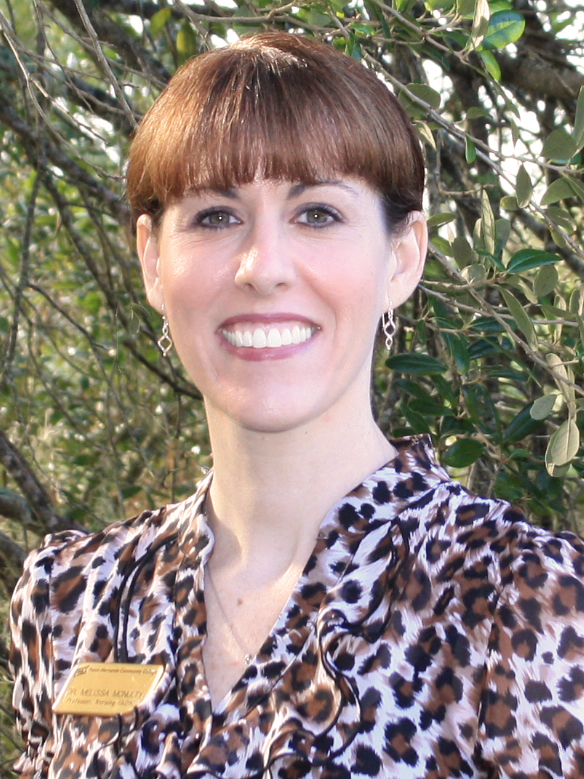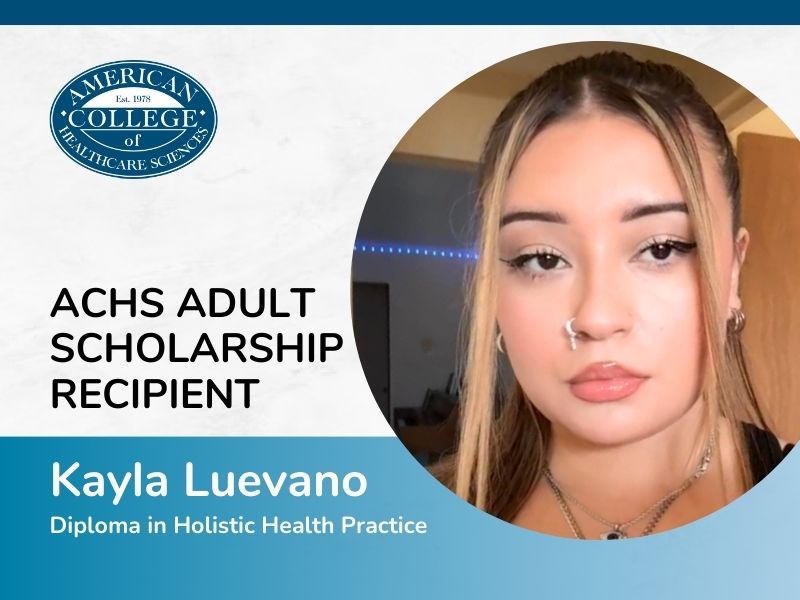Many of us start the New Year by making a resolution, and many times those resolutions relate to diet and activity. Unfortunately, only 8% of people are successful in achieving their resolutions (Statistics Brain, 2016). While that statistic may be disheartening, with a little planning and creativity, there is no reason why you can’t be one of those successful people in the 8%.
As a nurse, I often see the impact that lifestyle choices have on health and how problems can be avoided by making changes to diet and activity patterns. As always, knowledge is power! The first step in making beneficial changes is knowing what needs to be changed. Keeping an accurate and honest log of your intake can be very helpful in identifying problem areas in your diet.
There’s an app for that!
Most people tend to underestimate how many calories they consume during the day, so keeping track is crucial. There are tracking apps that make this task much easier. MyFitnessPal is one that can be used from a smart phone or computer. This app has a very large database of food that other people have already entered into the system, making logging that much easier (MyFitnessPal, 2016). Lose It! is another app that is helpful, but the main focus of this app is on losing weight, which may or may not be your goal. Noom Coach is an app that also focuses on weight loss, and assigns foods a red, yellow, or green color based on the calories they provide. With so many apps out there, there’s something for every holistic routine.
In addition to logging calories (aka energy!) you put into your body, it is very beneficial to log the energy expended through physical activity. Wearable fitness tracking technology continues to improve, and trackers can be purchased from as little as $20 to as much as hundreds of dollars. Some of these trackers can also be linked to your intake apps and provide you with greater insight into your daily energy balance.
Take it easy!
It’s easy to get overwhelmed when we try to make drastic lifestyle changes. When looking to make changes to your health choices, I highly recommend making small changes rather than changing everything at once. For example, if you have goal of making healthier food choices, start by focusing on changing a single meal. Maybe make breakfast healthier first. Once you’ve made that change and are accustomed to the healthier breakfast, move on to lunch.
By tackling one behavior, one meal, or one activity at a time, you’ll feel a greater sense of accomplishment and are more likely to stick to the change long-term.
Get creative with your New Year’s health resolutions!
Here are some examples of small resolutions you can use to conquer your health goals in the New Year:
- I will track my intake at least three times a week for three months.
- I will track my activity levels every day for a month.
- I will start my day with a breakfast that is balanced and healthy. (Tip: Set up a breakfast “carpool” club with your friends and/or neighbors — take turns cooking for each other.)
- I will bring lunch to work and bring healthy food choices.
- My family and I will eat dinner out no more than once a week and cook healthy options at home.
- I will eat at least 3 cups of vegetables per day. (Tip: Challenge yourself to eat every color of the rainbow … everyday? Every other day?)
- I will plan to get at least seven hours of healthy sleep per night. (Tip: Try a new meditation strategy for a week, then try another. Or, custom blend yourself a healthy herbal tea as part of your bedtime ritual.)
Once you are able to identify the areas in your diet or activity pattern that need to be worked on, you can begin making those small changes that can end up having a big impact on your overall health.
Rather than looking at your New Year’s resolution as something that is temporary, aim to make long-term changes that will have long-lasting effects on your health.
Disclosure of Material Connection: I am a guest blogger for American College of Healthcare Sciences, the Institution that publishes this blog. However, all opinions are my own. This blog may contain affiliate links. I am disclosing this in accordance with the Federal Trade Commission’s 16 CFR, Part 255: “Guides Concerning the Use of Endorsements and Testimonials in Advertising.”
This article is for informational purposes only. It is not intended to treat, diagnose, cure, or prevent disease. This article has not been reviewed by the FDA. Always consult with your primary care physician or naturopathic doctor before making any significant changes to your health and wellness routine.
References
Lose It! (2016) Succeed at weight loss with Lose It! Retrieved from: www.loseit.com
MyfitnessPal (2016). Lose weight with MyFitnessPal. Retrieved from: www.myfitnesspal.com
Noom Coach (2016). Changing your body starts with changing your brain. Retrieved from: www.noom.com
Statistics Brain (2016). New Year’s resolution statistics. Retrieved from: http://www.statisticbrain.com/new-years-resolution-statistics/




